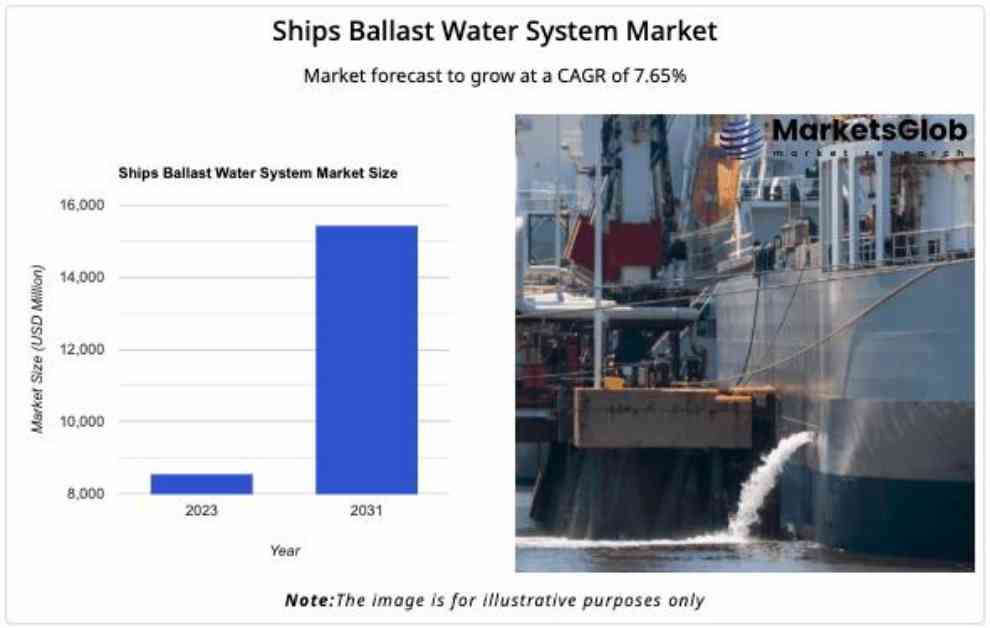Investigative Report: Delving Deeper into the Global Ships Ballast Water System Market
Introduction:
The global market for Ships Ballast Water Systems has been steadily growing, with a projected increase to 15434.53 USD Million by 2031. This growth is driven by various factors, including regulatory requirements, environmental concerns, and technological advancements. In this investigative report, we aim to explore the intricacies of this market, shedding light on key players, market dynamics, and potential implications for stakeholders.
Background and Context:
Ballast water is essential for maintaining the stability and trim of a ship during voyages. However, the discharge of ballast water can introduce invasive species into new ecosystems, posing a significant threat to marine biodiversity. To address this issue, international regulations such as the Ballast Water Management Convention have been implemented, prompting the adoption of ballast water treatment systems.
Key Players and Market Dynamics:
Leading companies in the Ships Ballast Water System market include Alfa Laval, Panasia, and OceanSaver, among others. These companies offer a range of products, including chemical and physical treatment methods, catering to both new build and modified ships. The market is segmented by type, application, and sales channel, with regions like North America, Europe, Asia-Pacific, South America, and the Middle East & Africa playing a significant role in market dynamics.
Implications and Impact:
The growth of the Ships Ballast Water System market has far-reaching implications for various stakeholders. Shipbuilders, suppliers, regulatory bodies, and environmental organizations are all impacted by the evolving landscape of ballast water treatment. As the market continues to expand, there is a growing need for innovation, collaboration, and compliance to ensure sustainable practices in the maritime industry.
Analysis and Findings:
Our research team conducted a comprehensive analysis of the Ships Ballast Water System market, combining primary and secondary research methods. We interviewed industry experts, examined public records, and analyzed market data to uncover new insights. The report highlights key trends, challenges, and opportunities in the market, offering a detailed look at the competitive landscape and future growth prospects.
Conclusion:
In conclusion, the global Ships Ballast Water System market is poised for significant growth, driven by regulatory requirements and environmental concerns. As stakeholders navigate this evolving landscape, collaboration and innovation will be key to ensuring sustainable practices in the maritime industry. This investigative report provides a deeper understanding of the market dynamics, highlighting the implications and impact of ballast water treatment systems on a global scale.






















